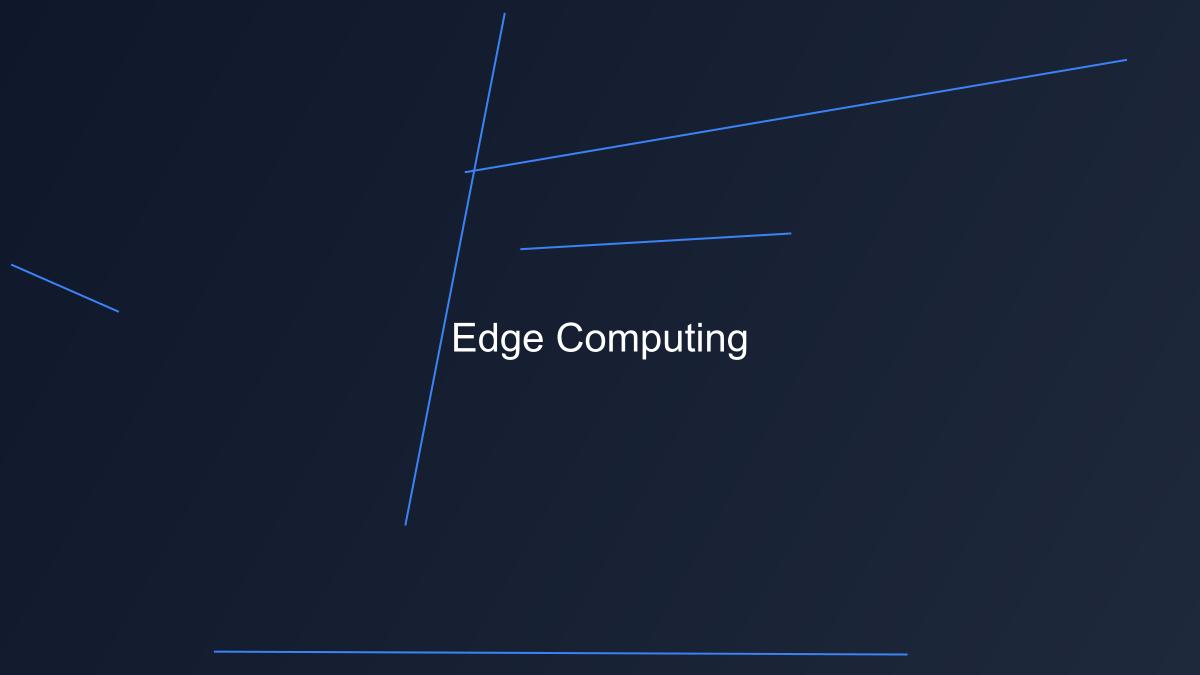The Future of Cloud Computing: Edge Computing Takes Center Stage

Edge computing is revolutionizing how we process and deliver data in cloud environments. By bringing computation closer to data sources, organizations can achieve unprecedented levels of performance and reliability.
The Rise of Edge Computing
As IoT devices proliferate and real-time processing becomes crucial, traditional cloud architectures are evolving to incorporate edge computing. This shift is fundamentally changing how we think about distributed systems.
Key Benefits of Edge Computing
- Reduced latency for real-time applications
- Improved data privacy and security
- Lower bandwidth costs
- Enhanced reliability and redundancy
- Better support for IoT devices
Industry Applications
From manufacturing to healthcare, edge computing is enabling new use cases and improving existing processes. Organizations are leveraging edge capabilities to create more responsive and efficient systems.
Performance Metrics
- • 90% reduction in data transfer latency
- • 60% decrease in bandwidth usage
- • 40% improvement in application response time
- • 70% reduction in cloud processing costs
Future Developments
The future of edge computing looks promising with developments in 5G networks, AI processing at the edge, and enhanced security protocols. These advancements will further expand the capabilities of edge computing.
Key Takeaways
- Edge computing is reshaping cloud architecture
- Real-time processing capabilities are expanding
- Cost and efficiency benefits are significant
- Integration with 5G will drive further innovation

Michael Zhang
Cloud Architecture Specialist